The Hunger Games: Mockingjay Part 1 Review
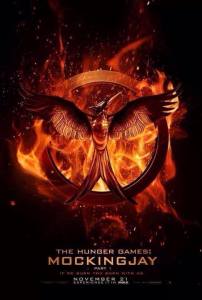
It is difficult to make a final judgment on this movie, considering it is only half a movie. Much like Harry Potter and the Deathly Hallows – Part 1, the latest installment in The Hunger Games series and the first part of the final story in the series, plods along as it tells the First Act of Mockingjay, the final book in the three part series by Suzanne Collins.
Picking up in District 13, where heroine Katniss Everdeen (Jennifer Lawrence) has been taken after being rescued from the Quarter Quell Hunger Games in the Capitol at the conclusion of The Hunger Games: Catching Fire. Her fellow victor in the first Hunger Games movie and love interest, Peeta Malark (Josh Hutchinson), has been captured by the Capitol and being used as a propaganda piece by the government after Katniss agreed to do likewise for the Rebellion against the Capitol and President Snow (Donald Sutherland). Groomed by Plutarch Heavensbee (Philip Seymour Hoffman), former coach and Hunger Games victor Haymitch (Woody Harrelson), and District 13 President Alma Coin (Julianne Moore) along with styling help from self-declared political refugee Effie Trinket (Elizabeth Banks), Katniss visits the Districts to assess the damage inflicted by the Capitol and act as the rallying symbol for the Rebellion as the Mockingjay.
Katniss is a reluctant symbol, finally moved into action through her anger at the Capitol and concern for Peeta. When her inspiring moments cannot be captured in a controlled environment in front of a green screen, she is taken out into the battles and filmed by Cressida (Natalie Dormer) and her team that had fled the Capitol because of Katniss’ strong, rebellious image. The movie becomes a series of excursions into the Districts as the suffering and plight of the common people is exposed and Katniss’ Mockingjay image is both the catalyst for action and the symbol used to unite the rebellion’s people. When it all finally comes to a head and Snow always seems one step ahead or to be toying with Katniss, she must decide to plunge headlong into her role as the Mockingjay or abandon it in favor of the people she loves, particularly Peeta. The constant tug-of-war of using Katniss as a symbol, instead of treating as the human being she is, is woven in and out of the story as the movie ebbs and flows between these visits, propaganda sessions, and the Capitol’s retaliation. We are rooting for Katniss’ humanity, but also firmly behind the cause of the rebellion to overthrow the tyrannous President Snow.
It almost goes without saying, and is a slight meta-hat tip, Mockingjay would not be the movie it is without Jennifer Lawrence. She was great in both previous installments of the Hunger Games, as well as in X-Men: Days of Future Past in a more prominent role and in Silver Linings Playbook alongside Bradley Cooper. In a franchise that needed a strong female lead that could dominate the screen as well as have beauty and grace, Lawrence has fully blossomed into that role and has established herself as one of the best young actresses in Hollywood. Any movie will be better with her in it, and Mockingjay is driven by her gravitas and skill. Her careful, nuanced performance of a strong young woman battling the stressors and triggers of PTSD, which would happen to anyone who murdered innocent people to survive and watched people they love die, is what carries the narrative and punctuates the themes of love, loss, betrayal, oppression, and freedom.
It almost makes up for this only being half a movie and only a First Act, which can make the 123-minute length of the movie agonizingly dull at times. When Lawrence is prominent, I wasn’t too bored. When others were featured, namely Gayle (Liam Hemsworth) or President Coin, it was mind-numbingly dull. However, I will not necessarily chalk that up to Julianne Moore or Hemsworth, although Hemsworth’s one prominent scene is completely bombed (you’ll get the pun once you see the movie). Mockingjay got Alma Coin all wrong, again, which is not necessarily Moore’s fault, and if you have read the books it is pretty obvious that the President Coin of Collins’ is supposed to be just as scary and slippery as President Snow (Sutherland is very good and super terrifying as Snow). Moore’s portrayal of Coin, or possibly Francis Lawrence’s direction, is not that at all.
What disappointed me about this movie is that you really cannot give a final judgment. When I first read the books, shortly after The Hunger Games had come out on DVD, I pretty much predicted where the movie would choose to end the first part of Mockingjay and where it would pick up in the second part. I reserve a full judgment on this movie until the whole story has been told, but I compare this first part to the same treatment of the last book of Harry Potter. In Harry Potty and the Deathly Hallows – Part 1 we get a deep character study that has its good moments but really gets bogged down into what Fizz would call an extended camping trip. It gets somewhere to set up the second part, but it took an unbelievably long time to get there. Not only does it feel like a silly cash grab (a lucrative one based on the two-weekend box office numbers) but it feels like lazy and misguided story-telling. In what should have been the most climactic and action-packed part of the movie, I was really bored, and it is saying something about the movie (not good, btw) when the final action sequence is putting me to sleep. Not my favorite of the Hunger Games series, however, as previously stated, I am withholding final verdicts until Fall 2015.


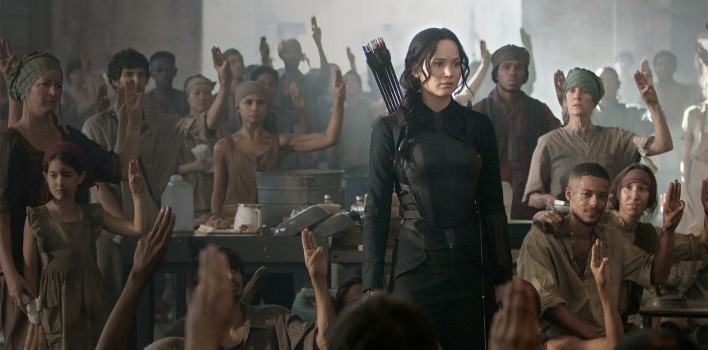
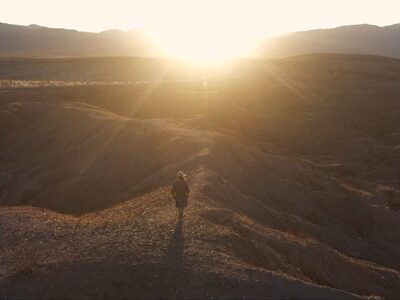
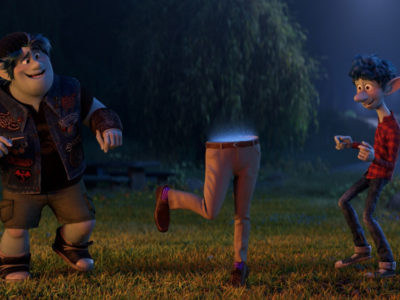
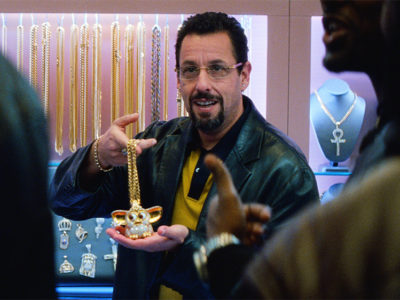


Pingback: #044 – Mockingjay Part 1 and the Power of Propaganda « Reel World Theology